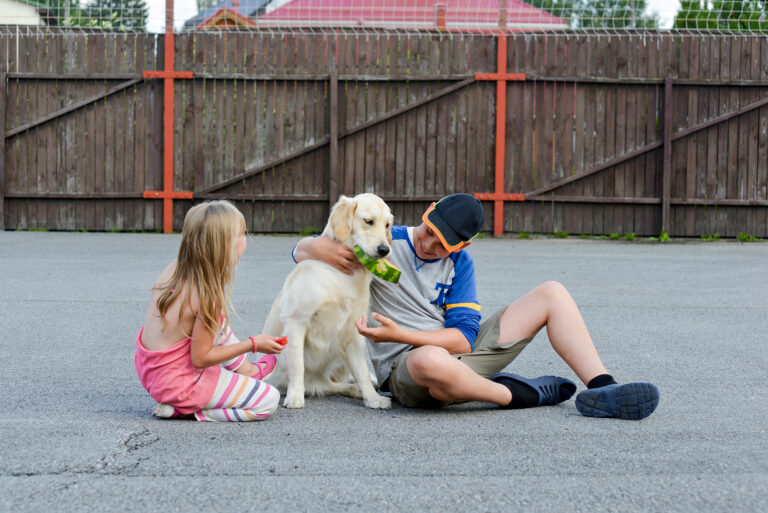Cats love to climb, jump, and explore their surroundings. In the wild, they use height for safety, hunting, and observation. Indoor cats have the same instincts, and creating indoor climbing spaces is an excellent way to keep them engaged, active, and entertained. By building a cat-friendly playground at home, you provide mental and physical stimulation while preventing boredom and destructive behaviors.
Whether you have a small apartment or a spacious home, designing a custom climbing space for your cat is easier than you think. Here’s how to create the ultimate indoor cat playground that your feline will love.
Table of Contents
Why Do Cats Need Climbing Spaces?
Providing indoor climbing areas isn’t just about fun—it’s essential for your cat’s health and happiness. Here’s why:
- Exercise & Weight Control – Climbing keeps cats physically active, helping prevent obesity and related health issues.
- Mental Stimulation – Exploring different heights, textures, and pathways satisfies their natural curiosity.
- Stress Reduction – High perches provide a sense of security, especially in multi-cat households.
- Prevents Destructive Behavior – Giving your cat designated climbing areas reduces the likelihood of scratching furniture or knocking things over.
By incorporating vertical space, you make your home feel bigger for your cat without taking up extra floor space.
Essential Elements of a Cat Climbing Playground
To create an exciting and functional cat playground, consider adding the following elements:
- Cat Trees & Towers
A multi-level cat tree is one of the best ways to provide climbing opportunities. Look for a sturdy, well-balanced tree with multiple platforms, scratching posts, and hideouts.
- Choose a design that matches your cat’s size and activity level.
- Opt for a carpeted or sisal-covered surface for better grip.
- Place the cat tree near a window for added stimulation from outdoor views.
- Wall-Mounted Shelves & Perches
If you’re short on floor space, wall-mounted cat shelves are a great alternative. These allow your cat to climb without cluttering your living area.
- Install staggered shelves to create a climbing path.
- Use non-slip, cushioned surfaces for comfort and safety.
- Position shelves near existing furniture to create easy access points.
Wall-mounted cat perches are perfect for cats that love watching from above while feeling safe and secure.
- Cat Bridges & Walkways
For a more elaborate cat playground, consider adding bridges or overhead walkways. These suspended paths connect different climbing areas, encouraging exploration.
- Use sturdy wood or metal brackets for support.
- Keep pathways wide enough for your cat to walk comfortably.
- Position them at different heights to create variety.
- Window Perches & Hammocks
A window perch or hammock offers an elevated resting spot with the added entertainment of watching birds and passersby.
- Secure the perch with strong suction cups or mount it onto the windowsill.
- Choose a soft, cushioned surface for comfort.
- Make sure it’s positioned in a sunny spot where your cat can relax.
- DIY Climbing Wall
If you’re feeling creative, build a DIY cat climbing wall using a combination of:
- Floating shelves for perching.
- Scratching panels to encourage climbing.
- Hiding cubbies for security and play.
A climbing wall provides endless opportunities for adventure while utilizing vertical space.
DIY Cat Climbing Space Ideas
Creating a cat-friendly indoor playground doesn’t have to be expensive. Here are some DIY ideas using everyday materials:
- Recycled Bookshelf Playground – Convert an old bookshelf into a multi-level climbing area by adding carpet, scratching posts, and cubbies.
- Ladder Climbing Station – Secure a wooden ladder to the wall, adding soft bedding for cozy nap spots.
- Wall-Mounted Cardboard Boxes – Stack and secure decorative storage boxes to create hideouts and tunnels.
- Hanging Rope Bridge – Connect platforms with a sturdy rope bridge for an adventurous touch.
These DIY options allow you to create a custom playground suited to your cat’s preferences.
Safety Tips for Cat Climbing Spaces
While designing your cat’s playground, keep safety in mind:
- Ensure Stability – All climbing structures should be securely anchored to prevent tipping.
- Use Non-Toxic Materials – Avoid harmful glues, paints, or fabrics that your cat might chew.
- Check for Sharp Edges – Sand down rough surfaces to prevent injuries.
- Provide Multiple Access Points – Avoid high platforms without safe exit routes.
- Regular Maintenance – Inspect climbing structures for wear and tear, replacing any loose parts.
Encouraging Your Cat to Use the Climbing Space
Some cats take time to explore new areas, so introduce the playground gradually. Here’s how to make it more inviting:
- Use Catnip or Treats – Sprinkle catnip or place treats on different levels to encourage exploration.
- Incorporate Toys – Attach dangling toys to shelves and perches to attract attention.
- Place Familiar Items – Add a favorite blanket or pillow to create a comfortable space.
- Engage in Play – Use a feather wand or laser pointer to lead your cat up the structures.
With a little encouragement, your cat will soon be climbing, jumping, and exploring their new playground with excitement.
In Conclusion

Building an indoor climbing space is one of the best ways to enrich your cat’s life while making use of vertical space in your home. Whether you opt for a cat tree, wall-mounted shelves, bridges, or a DIY climbing wall, these additions will keep your cat active, engaged, and stress-free.
By designing a safe, interactive, and fun playground, you provide your feline friend with an environment that satisfies their natural instincts while preventing boredom. With a little creativity and effort, your cat will have their very own adventure zone to enjoy every day!







